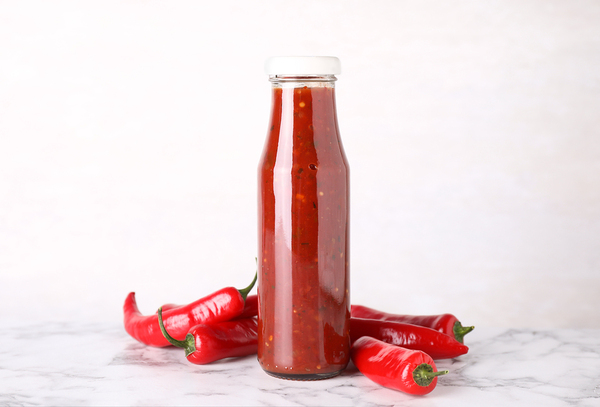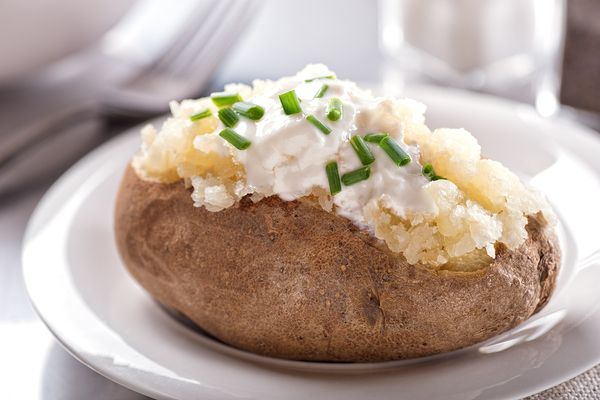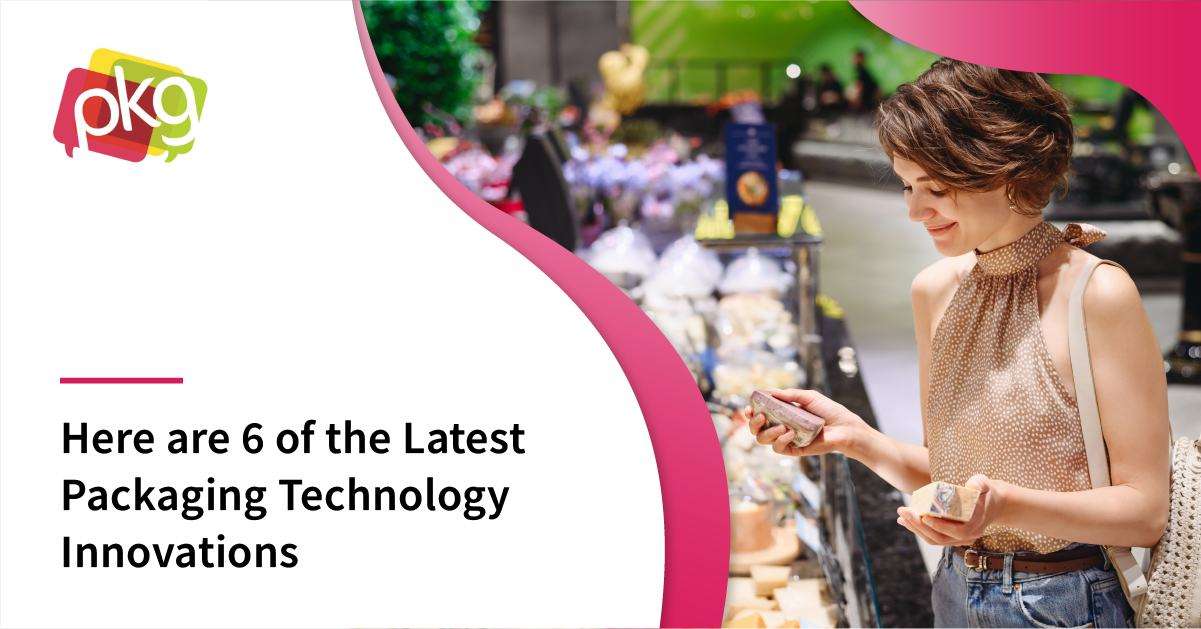Inverted pouches are a relatively new type of food packaging design that is a natural extension of both the inverted bottle and the squeeze bottle.

Inverted pouches are similar to the inverted bottles that are popular for condiments like ketchup, but instead of being made of rigid plastic, they’re made of flexible film. This type of food packaging design is well-suited for use with condiments, dairy products like sour cream and yogurt, salad dressings, spreads, honey, and jellies. Inverted pouches offer advantages to consumers, brands, and even the environment.
How This Food Packaging Design Benefits Consumers
Consumers can get more enjoyment from their food products because flexible inverted pouches offer:
- The ability to get more of the product out of the package, leaving less as waste
- Lack of “lip mess” that you get around the tops of glass sauce bottles
- Better control of how much product comes out of the package
- No spoon to wash as would be necessary with “tub” products like sour cream
- Easy fit into refrigerator door shelves, so it’s less likely to migrate to the back of the refrigerator
- Need for less space in the refrigerator or cupboard
How Brands Benefit from Inverted Pouches
STANDCAP is one inverted pouch brand that has demonstrated several brand benefits through consumer research. One unnamed leading brand in their studies was able to command a 23.6% higher price per ounce versus their rigid packaging and increased overall sales by 69.7%. The new packaging was also credited with an 11% increase in the brand’s market share.

Because inverted pouches are innovative, they catch the eye. STANDCAP eye-tracking research found that inverted pouches were noticed 40% faster and viewed 53% longer than rigid packages in the retail environment. This type of food packaging design may be an effective way to draw Millennial consumers from the supermarket perimeter into the center aisles.
Environmental and Sustainability Advantages
Though inverted pouches can’t be recycled the way, for example, plastic sour cream tubs can be, they do offer environmental advantages on the production end. Compared to glass bottles, the manufacture of inverted pouches results in 65% less fossil fuel consumption, nearly 78% less greenhouse gas emission, and nearly 81% less water usage.
Furthermore, inverted pouches weigh less than rigid plastic packages, and have significantly less air space in them. Thus, they take up less space, weigh less, and cost less per unit to ship. Finally, since inverted pouch packaging is more sanitary than traditional packaging, products have longer shelf lives, allowing both brands and individual consumers to cut down on food waste.
Brands that have incorporated inverted pouches into their food packaging design repertoire include Daisy sour cream, Chobani Greek yogurt, and Uncle Dougie’s organic barbecue sauce. It stands to reason that more products of similar consistency will switch to inverted pouches because of the benefits to both consumer and brand. PKG Brand Design is always on the forefront of new CPG branding and packaging initiatives; please subscribe to our blog for the latest package design industry news!







